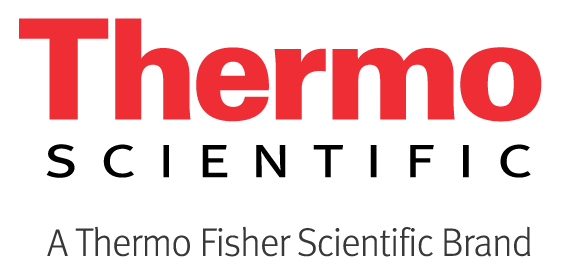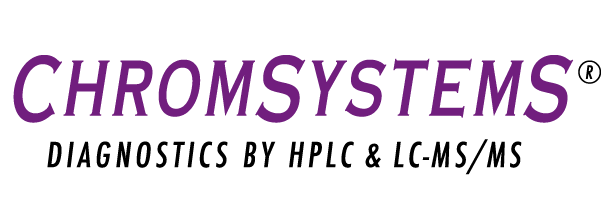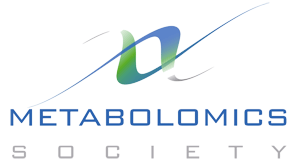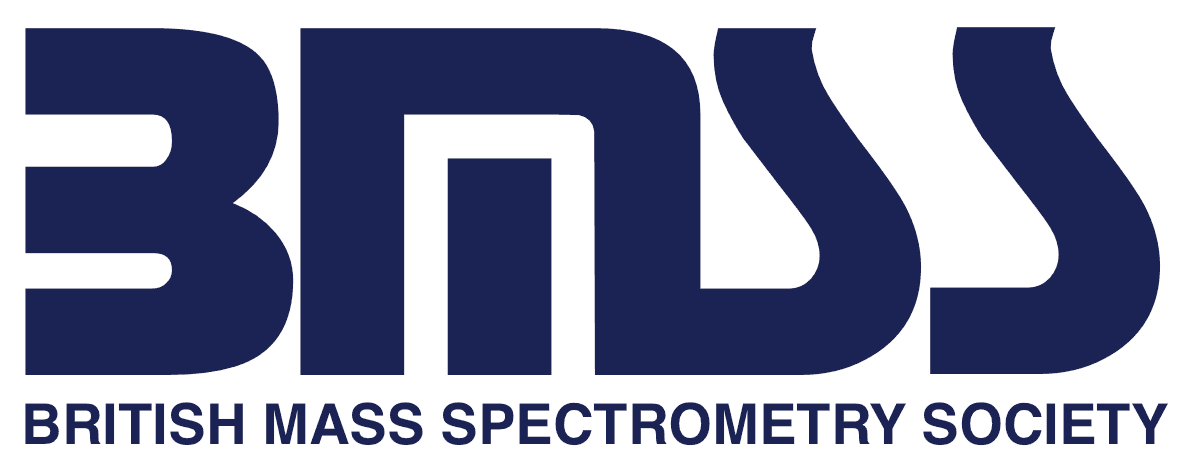MSACL 2015 EUSalzburg, Austria: Sept 8-11 |
Details
MSACL EU
|
Plenary Lecture Series
 | >> Thursday 9:00 AM @ Mozart Hall Distinguished Contribution Awardee Mass Spectrometry as Metrological Anchor in Laboratory Medicine – a Meandering River Linda MR Thienpont Ghent University The fundament of mass spectrometric (MS) work is the SI base unit “mole”, more in particular, quantitative MS establishes SI-traceability (mol/L) of measurement results. I will discuss the anchors and regulatory surrounding to implement SI-traceability in laboratory medicine. When I entered this field, I thought my scientific life would be a “fast-flowing river”. However, several obstacles forced it to meander, e.g., concepts like biological variation, analytical performance goals, commutability, and the introduction of MS in routine. Although I tried to cope with these obstacles, “my river” continues to meander. As an outlook, I will present some of my most recent work. |
 | >> Thursday 9:45 AM @ Mozart Hall The Cellular Uptake of Pharmaceutical Drugs Is Transporter-Mediated and Is Thus a Problem Not of Biophysics But of Systems Biology Douglas Kell The University of Manchester A fundamental question remains as to whether xenobiotic drugs cross cellular membranes mainly (or exclusively) by transporter-independent diffusion across whatever bilayer lipoidal parts of cellular membranes may be present, or whether they normally (or exclusively) ‘hitchhike’ rides using the carriers normally involved in the metabolism of natural metabolites. The former (for which, astonishingly, there is in fact no actual experimental evidence) would involve a biophysical mechanism, based mainly on lipophilicity, while the latter requires a mechanistic understanding of which carriers are involved, and is thus a problem of network or systems biology. In other words, “is carrier-mediated transport of pharmaceutical drugs the exception or the rule?” A huge amount of literature (see Long Abstract), that I shall summarise, indicates that there is no serious evidence against the view that trans-phosphobilayer-mediated transfer of pharmaceutical drugs across biological membranes is negligible (‘PBIN’), while there is abundant and increasing evidence for the carrier-mediated route. A recent approach in yeast illustrates this experimentally, while the digital availability of principled metabolic network models allows one to determine, consistent with this, that successful pharmaceutical drugs are much more like metabolites than are the ‘Lipinski-compliant’ molecules typically available in drug discovery libraries. This suggests (or is at least consistent with the view) that cellular drug uptake is more or less exclusively transporter-mediated, and that knowledge of both the metabolome and of the concentrations and activities of transporters used by individual xenobiotics will be of much value in designing better drugs and bioprocesses. |
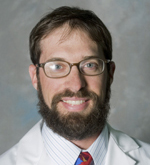 | >> Thursday 7:45 PM @ Mozart Hall Why Patients Adore Mass Spectrometry Andy Hoofnagle University of Washington Physicians rely on high quality measurements of small molecules and proteins for the diagnosis, prognosis, and management of disease. Health care providers have become reliant on relatively inexpensive, high-throughput immunoassays to capture biomarker data from patient samples. Unfortunately, these assays can be misleading. Clinical mass spectrometric assays bring sensitivity and specificity together in previously unthinkable ways and span the range of medical specialties. This talk will describe the ways in which mass spectrometry can improve the care of our patients. |
 | >> Friday 9:00 AM @ Mozart Hall Steroid Metabolomics as a Discovery Tool Wiebke Arlt Institute of Metabolism & Systems Research, University of Birmingham, UK Our group employs steroid metabolomics to reveal the pathogenesis and identify diagnostic and prognostic biomarkers in steroid-producing and steroid-dependent disease. Our approach uses gas chromatography - mass spectrometry (GC-MS) and liquid chromatography-tandem mass spectrometry (LC-MS/MS) coupled with computational data analysis by machine learning-based approaches. I will present a number of examples including adrenal disorders, hypertension and steroid-dependent cancer to illustrate the power of this approach. |
 | >> Friday 9:45 AM @ Mozart Hall Innovative Instrumentation and Methods for the Identification of Intact Proteins in Mixtures and for Sequence Analysis of Antibodies and Posttranslationally-Modified, Intact Proteins on a Chromatographic Time-Scale Donald Hunt University of Virginia This lecture will focus on data generated with a new ion source that facilitates simultaneous generation of positively charged sample ions by electrospray ionization and negatively charged reagent ions for both electron transfer dissociation (ETD) and ion-ion proton transfer (IIPT) reactions on Orbitrap mass spectrometers. Implementation of multiple C-trap fills for enhanced sensitivity will be discussed and both parallel peak parking, and ion ejection strategies to facilitate protein separation and enhanced sequence coverage of intact proteins will be described. Use of IIPT/ETD facilitates near complete sequence coverage on many intact proteins and is ideally suited for locating multiple posttranslational modifications on the same protein molecule. Sequence analysis of antibodies with an enzyme reactor that generates 3-10 KDa fragments in seconds will also be discussed. If time permits, the lecture will also provide an update on the use Class I MHC phosphopeptides for the immunotherapy of cancer. |


